These master survivors are scrambling to keep up with changes happening faster than evolution can handle.
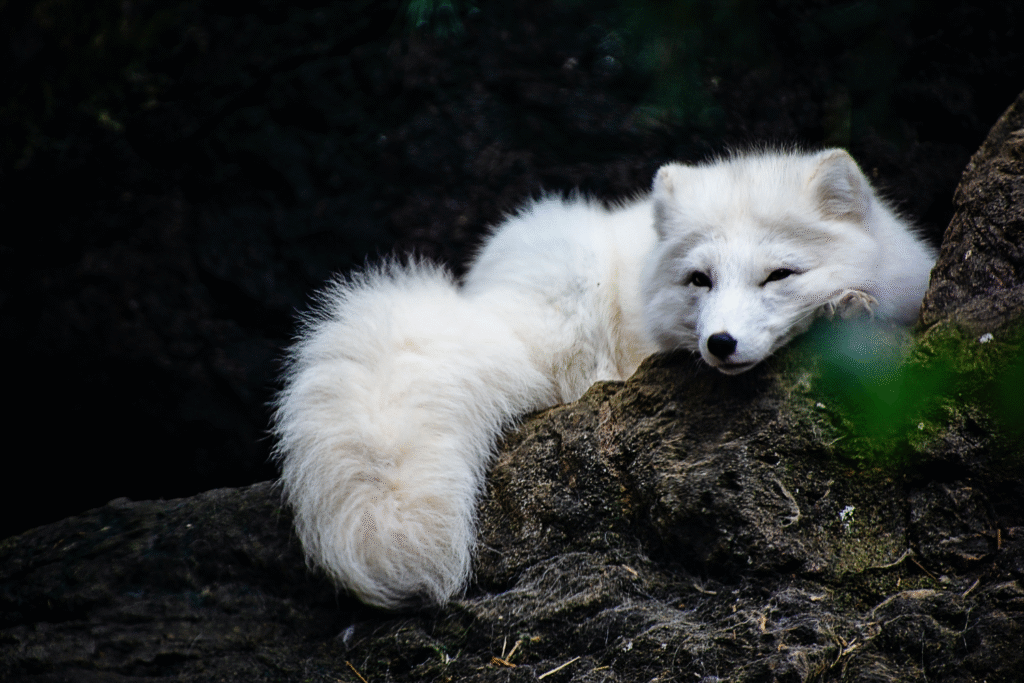
Meet the arctic fox, nature’s perfect snow machine that’s suddenly finding itself woefully unprepared for the world we’re creating. These remarkable creatures spent thousands of years perfecting survival strategies for one of Earth’s harshest environments, but climate change is rewriting the rules faster than they can adapt. What’s happening to arctic foxes right now offers a crystal-clear preview of how our warming planet is forcing wildlife into impossible situations. Their struggle represents a larger story unfolding across every ecosystem on Earth, where animals that once thrived are now desperately trying to reinvent themselves in real time.
1. Arctic foxes are losing their signature white winter coats at the worst possible moment.
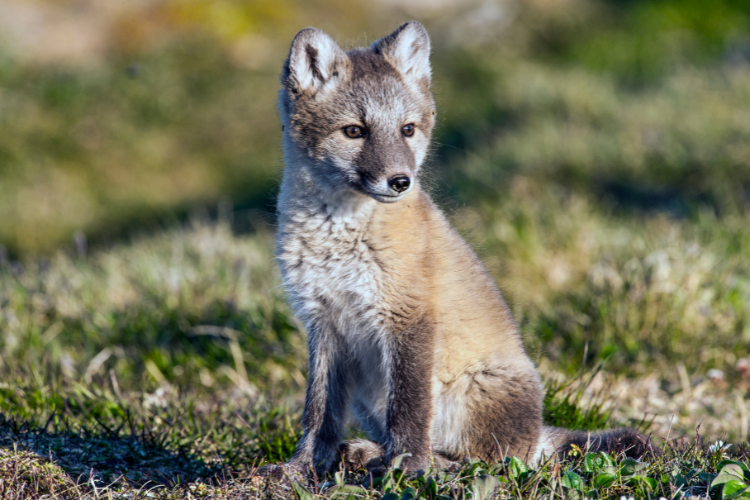
According to research published in the Journal of Applied Animal Behaviour Science, arctic foxes rely on perfectly timed seasonal coat changes that evolved over millennia to match snowfall patterns that no longer exist. The animals still turn bright white in winter, but increasingly find themselves standing out like beacons against brown, snow-free tundra where snow used to guarantee camouflage for months. This mistimed molting leaves them vulnerable to predators during critical hunting seasons when they need stealth most desperately.
The coat change process is triggered by daylight hours rather than actual snow conditions, creating a dangerous mismatch between appearance and environment. Foxes who spent generations perfecting this survival strategy now find their most important adaptation working against them, making them easy targets in landscapes that no longer match their evolutionary programming.
2. Lemming populations are crashing in unpredictable cycles that arctic foxes can’t anticipate or survive.
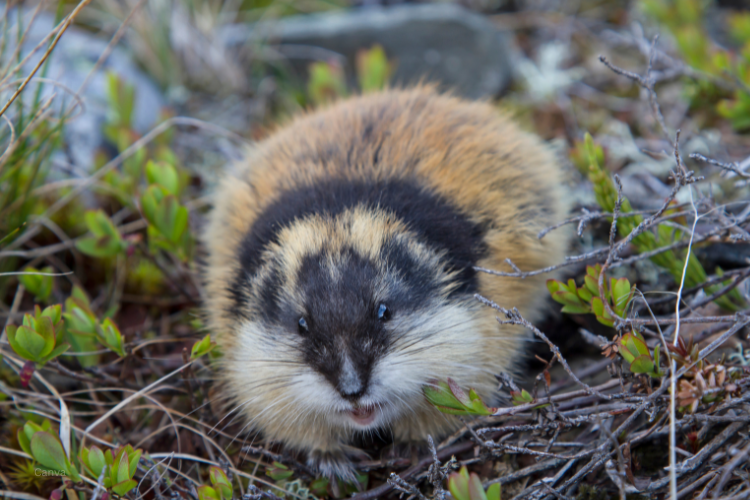
Traditional lemming boom-bust cycles that sustained arctic fox populations for thousands of years are becoming increasingly erratic and shortened due to changing snow conditions that these small rodents need for winter survival. Warmer temperatures create ice layers in snow that prevent lemmings from accessing food beneath, causing population crashes that leave arctic foxes without their primary food source, as reported by researchers at the Arctic Climate Impact Assessment. The predictable four-year cycles that allowed fox populations to plan breeding seasons around abundant prey have collapsed into chaos.
Arctic foxes evolved reproductive strategies specifically timed to lemming abundance, producing large litters when prey was plentiful and skipping reproduction entirely during lean years. Climate change has shattered this delicate timing, forcing foxes to gamble on prey availability that no longer follows any recognizable pattern.
3. Red foxes are invading arctic territories and systematically displacing their smaller cousins.

Research from the University of Pennsylvania shows that red foxes are expanding northward at unprecedented rates as warming temperatures make previously inhospitable arctic regions comfortable for these larger, more aggressive competitors. Red foxes are roughly twice the size of arctic foxes and don’t hesitate to kill their smaller relatives when competing for den sites, prey, or territory. The invasion represents a fundamental shift in arctic ecosystem dynamics that arctic foxes have no evolutionary experience handling.
The competitive disadvantage goes beyond simple size differences—red foxes carry diseases and parasites that arctic fox populations have no immunity against, creating biological warfare scenarios that can devastate entire arctic fox communities. These southern invaders also hunt more efficiently in the mixed tundra-forest environments that warming temperatures are creating across traditional arctic fox territory.
4. Sea ice disappearance is cutting off crucial marine food sources that sustained coastal fox populations.
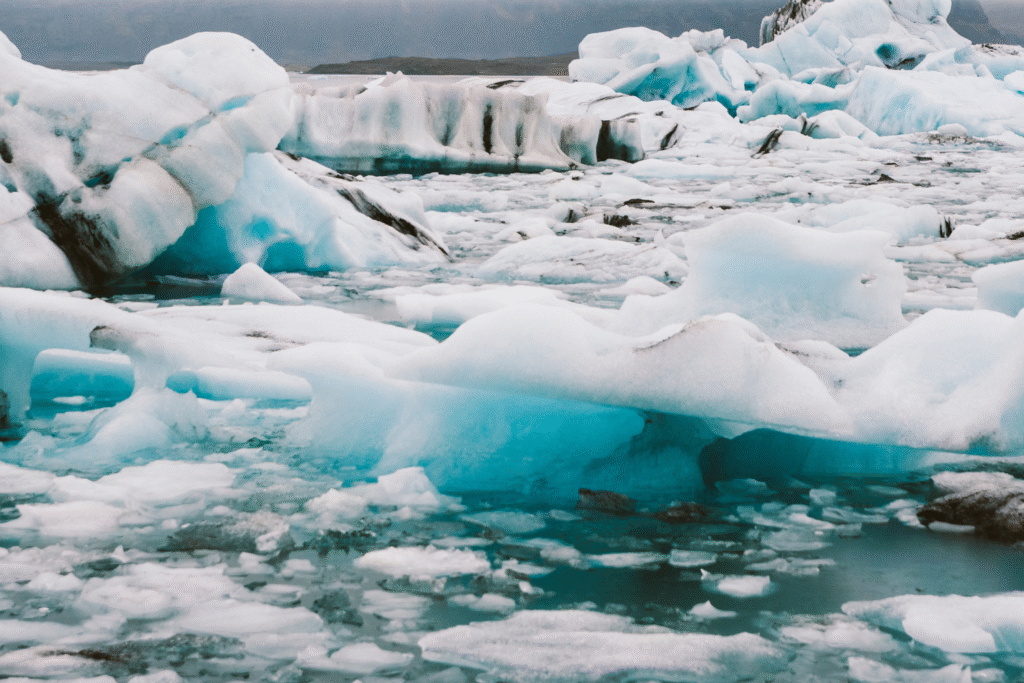
Coastal arctic fox populations historically survived harsh winters by traveling across frozen seas to scavenge polar bear kills and hunt seal pups on stable ice platforms that extended for hundreds of miles. Shrinking sea ice duration and thickness now make these journeys impossible or deadly, forcing coastal foxes to compete for the same limited terrestrial resources as inland populations. The marine subsidy that once supported higher fox densities in coastal areas has essentially vanished.
Without access to seal carcasses and marine prey, coastal foxes are experiencing dramatic population declines that mirror what’s happening to polar bears in the same regions. The interconnected web of arctic marine and terrestrial ecosystems is unraveling, leaving once-stable fox populations fighting for survival in territories that can no longer support their numbers.
5. Permafrost thaw is destroying traditional den sites that foxes need for successful reproduction.
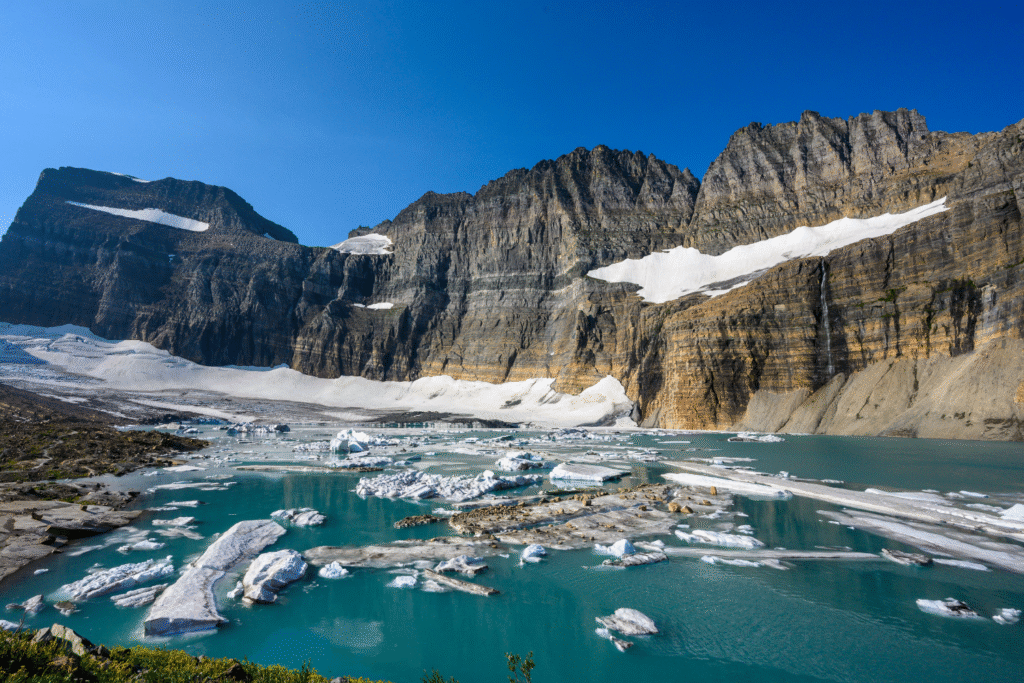
Arctic foxes require stable, well-drained den sites with permafrost foundations that have remained frozen for thousands of years, but warming temperatures are causing widespread permafrost degradation that makes traditional denning areas unusable. Flooding, soil instability, and changing drainage patterns are forcing foxes to seek alternative denning sites that often lack the protection and temperature regulation their young need for survival. The loss of ancestral den sites represents not just habitat destruction but the erasure of generational knowledge passed down through fox families.
Competition for remaining stable den sites has intensified dramatically as suitable locations become scarce, forcing some fox families into marginal areas where pup survival rates plummet. The denning crisis affects breeding success across entire regions, creating population bottlenecks that will impact arctic fox numbers for generations.
6. Earlier spring melts are disrupting carefully timed breeding cycles that evolved over thousands of years.
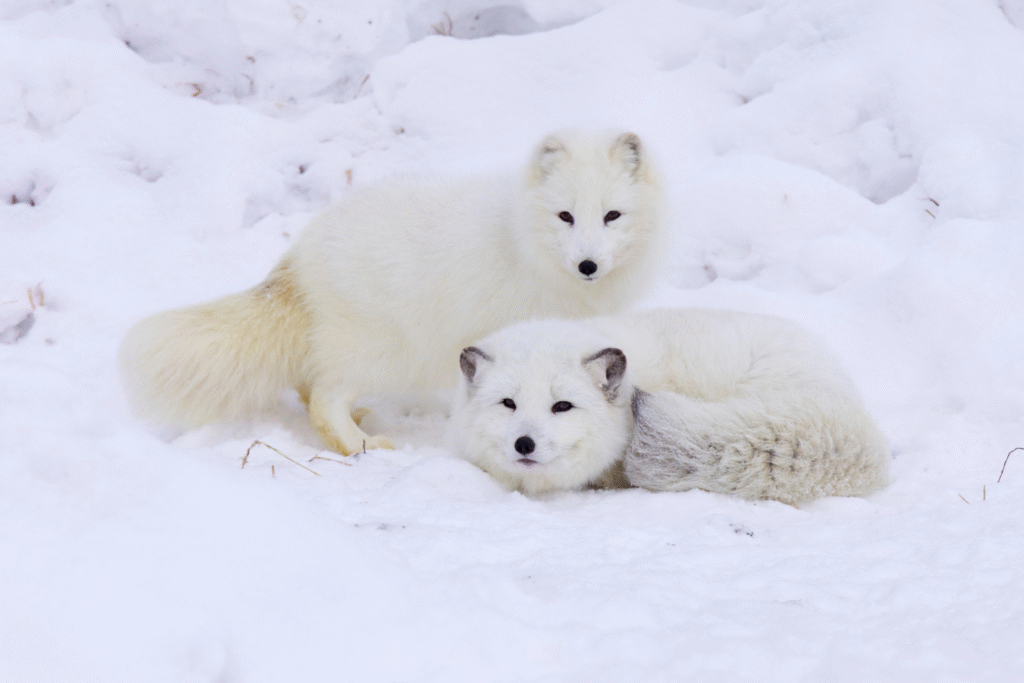
Arctic foxes time their breeding to coincide with peak prey availability during specific seasonal windows, but climate change is shifting these windows earlier while prey populations lag behind, creating mismatches that leave fox families struggling to feed growing litters. Earlier snow melt means foxes begin territory establishment and mating before adequate food sources become available, forcing them to stretch their energy reserves during the most demanding period of their reproductive cycle.
The phenological mismatches are becoming more severe each year as warming accelerates faster than ecosystem responses can adapt. Fox pairs who successfully time their breeding to traditional seasonal cues now find themselves caring for energy-intensive litters during periods when prey is still scarce, leading to increased pup mortality and reduced adult survival.
7. Extreme weather events are creating survival challenges that no amount of adaptation can overcome.
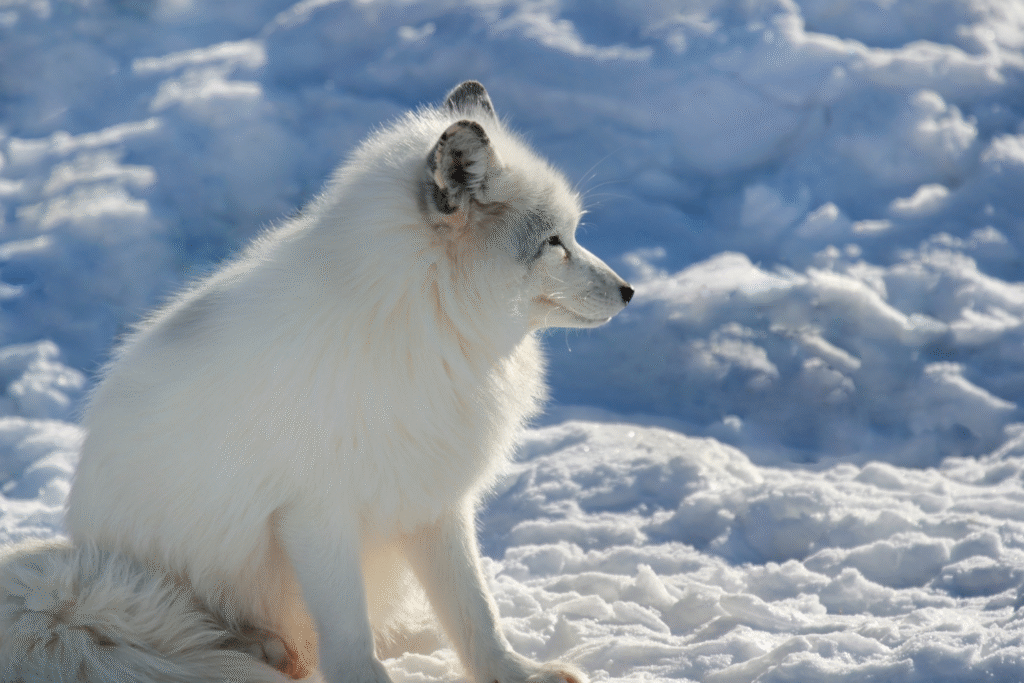
Arctic foxes evolved to handle predictable extreme cold and consistent snow conditions, but climate change is introducing new weather patterns including freezing rain, temperature fluctuations, and unprecedented storm systems that their survival strategies cannot address. Rain-on-snow events create ice crusts that prevent foxes from accessing cached food supplies and hunting grounds, while temperature swings force them to constantly adjust their metabolism and activity patterns.
These extreme events are becoming more frequent and severe, creating chronic stress that weakens fox populations and makes them vulnerable to diseases, predation, and reproductive failure. The unpredictability of modern arctic weather means foxes can no longer rely on seasonal patterns that guided their survival strategies for millennia.
8. Vegetation changes are transforming the arctic tundra into unfamiliar habitat that favors competitors.
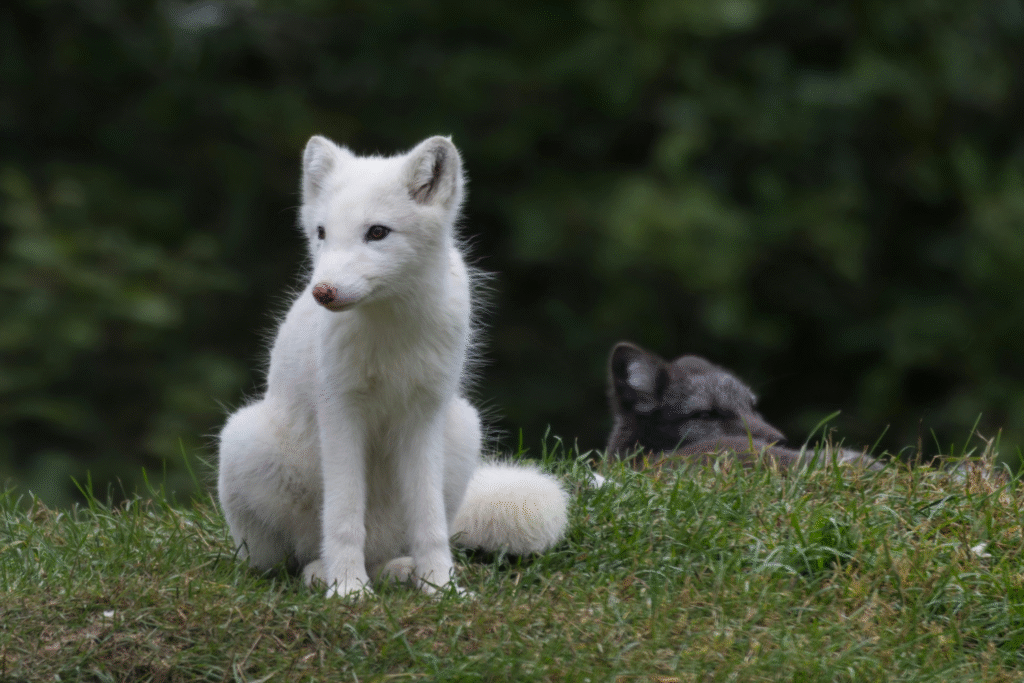
Warming temperatures are allowing shrubs and trees to colonize traditional arctic tundra, creating habitat that better suits red foxes while disadvantaging arctic foxes who are specialized for open, treeless landscapes. The “greening of the Arctic” represents a fundamental ecosystem shift that could eventually eliminate arctic tundra entirely, along with the specialized species it supports. Arctic foxes lack the behavioral flexibility to adapt to these new forested environments.
Taller vegetation also changes snow accumulation patterns and wind exposure, affecting everything from prey access to denning site quality in ways that arctic foxes struggle to navigate. The rapid pace of vegetation change means foxes must adapt to new habitat conditions within single lifetimes rather than evolutionary timeframes.
9. Human development is carving up fox territory into pieces too small for survival.
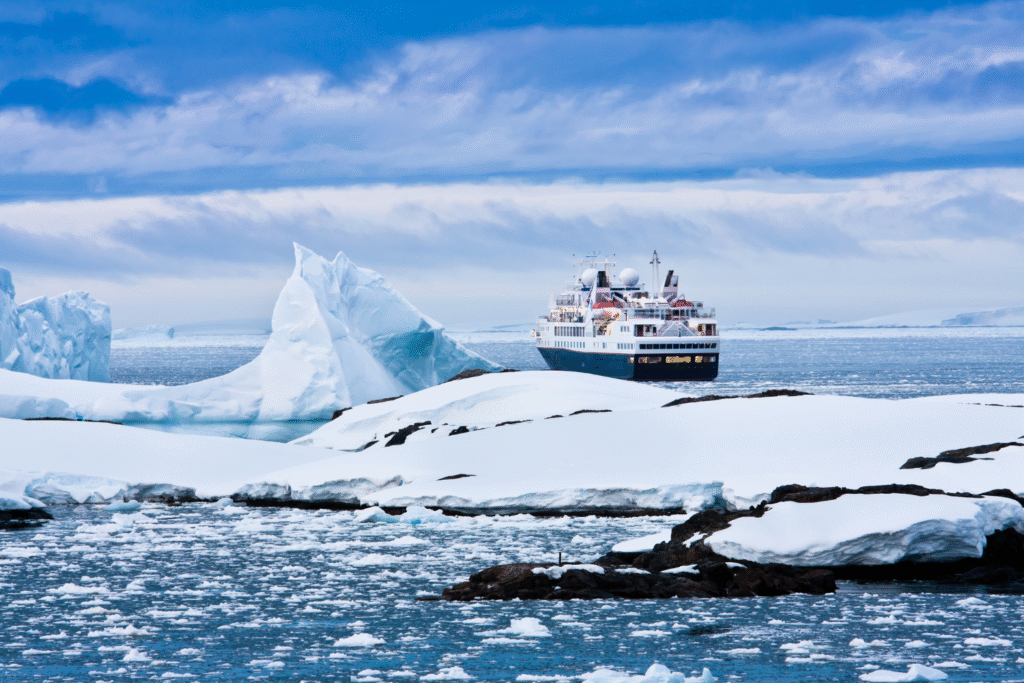
Climate change is opening previously inaccessible arctic regions to mining, shipping, and development activities that fragment continuous tundra habitat into isolated patches that cannot sustain healthy fox populations. Roads, pipelines, and industrial facilities create barriers to movement that prevent genetic exchange between populations and limit access to seasonal hunting grounds. The noise and disturbance from human activities also stress foxes and disrupt their natural behaviors.
Habitat fragmentation forces arctic fox populations into smaller territories with increased competition and reduced resilience to environmental changes, creating a downward spiral that makes recovery increasingly difficult even if climate conditions were to stabilize.
10. Genetic diversity is collapsing in isolated fox populations that can’t adapt fast enough.
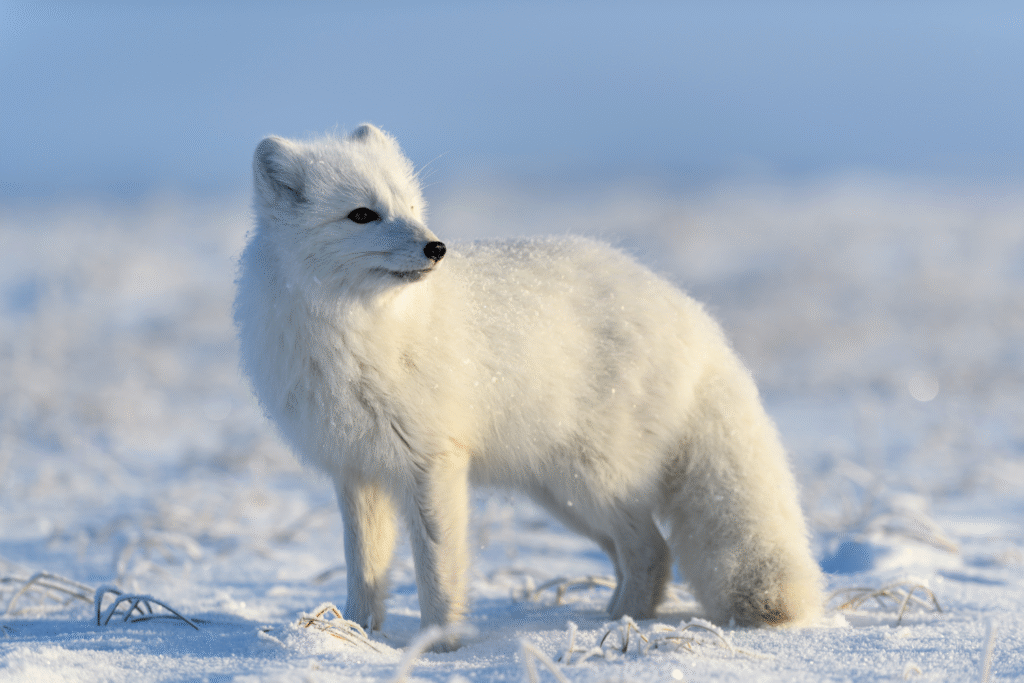
Climate-driven habitat loss and fragmentation are reducing arctic fox populations to small, isolated groups that lose genetic diversity through inbreeding and random genetic drift, weakening their ability to adapt to rapidly changing conditions. Small populations become trapped in “evolutionary dead ends” where they lack the genetic variation needed to develop new survival strategies for novel environmental challenges.
The genetic bottlenecks happening across arctic fox populations represent a fundamental threat to species survival that extends far beyond current environmental challenges. Even if climate change were to slow, these populations may lack the genetic resilience needed to recover and adapt to future changes, creating permanent vulnerability that could persist for generations.
